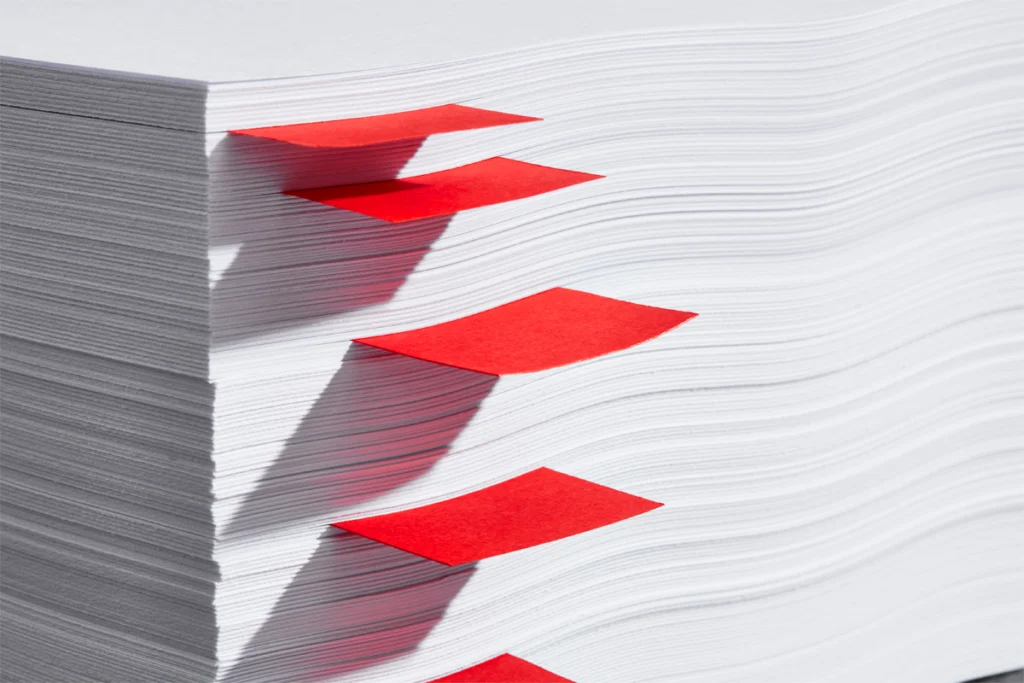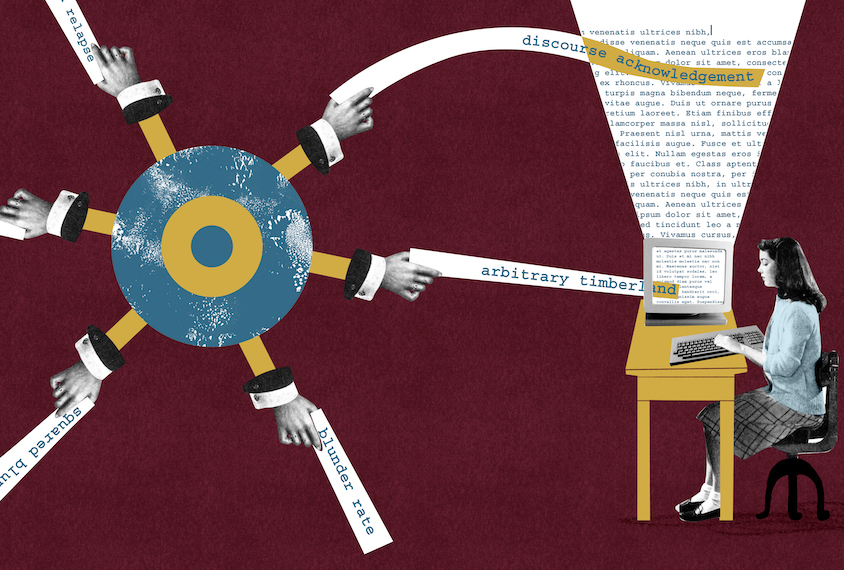Dalmeet Singh Chawla is a freelance science journalist based in London. His work has been featured in Nature, Science, Slate, Undark, The Economist, New Scientist and Pacific Standard, among other publications. See more about his work here: www.dalmeets.com.

Dalmeet Singh Chawla
Contributing writer
From this contributor
Faked results lead to retraction of high-profile cancer neuroscience study
An investigation found that the experiments required more animals than the scientists had purchased.

Faked results lead to retraction of high-profile cancer neuroscience study
‘Tainted kids,’ other odd phrases cropping up in autism studies
The “tortured phrases” — strangely worded paraphrases of established terms — may be the work of software that attempts to disguise plagiarism.

‘Tainted kids,’ other odd phrases cropping up in autism studies
Why was a study about autism cited by a paper on plant beauty?
Autism studies are appearing in the reference lists of entirely unrelated papers, suggesting what a few scholars worry is a plot to manipulate citations.

Why was a study about autism cited by a paper on plant beauty?
Large study supports discarding the term ‘high-functioning autism’
Autistic people described as ‘high functioning’ because they do not have intellectual disability often still struggle with daily living skills.

Large study supports discarding the term ‘high-functioning autism’
Data analysis, open access could improve peer-review process
Data analysis can improve the vetting of scientific papers, but first publishers must agree to make the information public.

Data analysis, open access could improve peer-review process
Explore more from The Transmitter
What is the future of organoid and assembloid regulation?
Four experts weigh in on how to establish ethical guardrails for research on the 3D neuron clusters as these models become ever more complex.

What is the future of organoid and assembloid regulation?
Four experts weigh in on how to establish ethical guardrails for research on the 3D neuron clusters as these models become ever more complex.
Insights on suicidality and autism; and more
Here is a roundup of autism-related news and research spotted around the web for the week of 8 December.

Insights on suicidality and autism; and more
Here is a roundup of autism-related news and research spotted around the web for the week of 8 December.
Exclusive: Springer Nature retracts, removes nearly 40 publications that trained neural networks on ‘bonkers’ dataset
The dataset contains images of children’s faces downloaded from websites about autism, which sparked concerns at Springer Nature about consent and reliability.

Exclusive: Springer Nature retracts, removes nearly 40 publications that trained neural networks on ‘bonkers’ dataset
The dataset contains images of children’s faces downloaded from websites about autism, which sparked concerns at Springer Nature about consent and reliability.